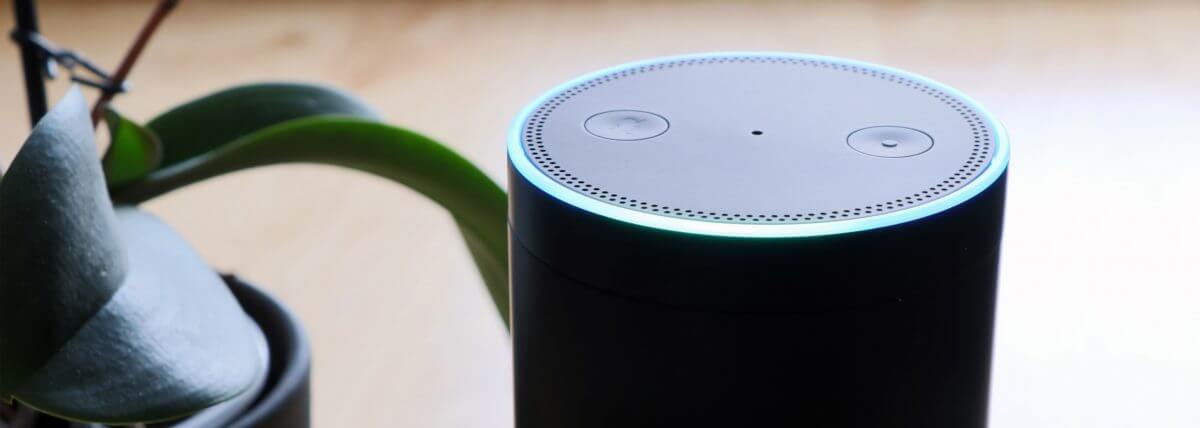
Not that long ago, the most important things to consider when designing an office were where the photocopier was located and who got the best view from the window. Today, however, technology is the main driver when it comes to designing the perfect space.
Here are five technologies influencing office design:
Most offices are still designed around fixed computer workstations and data cable runs. But times are changing, and employees are more mobile now than ever before thanks to smartphones, smart watches, laptops and tablets.
With workers free of their wired connections, offices can make use of features such as pods and break-out areas, making them more attractive and productive environments.
Voice assistants, controlled through smart speakers such as Amazon Echo, can be found in a growing number of homes, but they are equally suited to office environments, too.
Voice assistants can help with routine tasks that at the moment are done by a human PA, such as pulling out files, scheduling meetings, booking travel, placing orders and doing research.
Even this relatively simple technology is changing how people work in, and move around, the office. When it comes to design, it means including smart speakers in the technology set-up alongside computers and smartphones.
The basic concept of the Internet of Things is that ordinary everyday devices are interconnected. They can be operated remotely, are able to share data, and can even optimise their own operation.
On a practical level, the Internet of Things will mean that services such as lighting, heating and ventilation can all be controlled from a central point – even an office worker’s phone – so no one ever need to be too hot or too cold again.
There are wider implications, too – building managers will be able to use the Internet of Things to exercise total control over how the office operates, streamlining running costs.
Conference calling has been around for decades, but virtual reality (VR) and augmented reality (AR) technologies make this simple concept much more powerful. VR conference rooms will allow workers to virtually sit down alongside and collaborate with colleagues and customers regardless of where they are located in the world.
In addition, the use of AR smart glasses or headsets have the potential to ensure workers have all the devices, applications, files and tools they need right there at their fingertips.
Better still, there’ll be no arguing about who sits where as AR will be able to provide everyone with the very best view from the window.
Robots have been used in manufacturing and logistics for some time now. But the future is likely to see them sat alongside you in the office – and not just to do physical tasks like cleaning or delivering the internal mail. Using artificial intelligence, robots can take on tasks like dealing with customers, processing forms, writing reports, making decisions and even hiring and firing.
Office design will have to accommodate these changes and will likely include new styles of desks and arrangements. For example, humans and robots may work on pods that are laid out in clusters.
Whatever happens in the future there is no doubt that technology offers an opportunity to make offices more efficient and productive places.
But offices must still provide an environment where people can work to the best of their abilities and intelligent office design is absolutely fundamental to achieving this.
To speak with a representative about how to improve your office design, get in contact today.